Passion fruit, scientifically known as Passiflora edulis, is a tropical treasure renowned for its vibrant flavor, aromatic seeds, and versatile culinary applications. Whether enjoyed fresh, blended into juices, or used as a garnish for desserts, this exotic fruit has gained global popularity. However, passion fruit’s short shelf life and sensitivity to environmental conditions often pose challenges for home cooks and commercial producers alike. To maximize its freshness, flavor, and nutritional value, mastering proper preservation and storage techniques is essential. This article delves into actionable strategies for extending the lifespan of passion fruit, ensuring it remains a delightful ingredient in your kitchen for weeks or even months.
Understanding Passion Fruit Ripeness
Before exploring storage methods, it is crucial to grasp how ripeness impacts preservation. Passion fruit is typically harvested when it reaches physiological maturity but before full ripening, as overripe fruit can ferment or spoil rapidly. A ripe passion fruit exhibits a slightly wrinkled, dimpled skin and a deep purple or yellow hue, depending on the variety. The fruit should feel heavy for its size, indicating juicy pulp and abundant seeds.
Unripe passion fruit, characterized by smooth, shiny skin and firm texture, requires time to ripen at room temperature. Placing it in a paper bag with a banana or apple can accelerate ripening due to ethylene gas release. However, once ripe, immediate consumption or preservation is advised to prevent degradation.
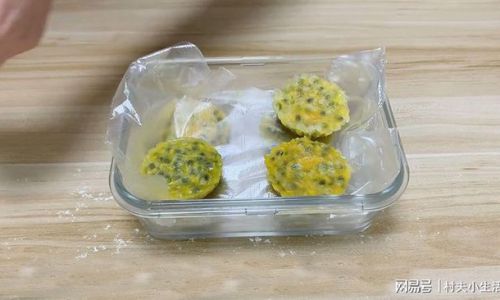
Refrigeration: The Short-Term Solution
Refrigeration is the simplest method for extending passion fruit’s freshness by 7–14 days. However, improper handling can lead to moisture loss or flavor diminishment. Follow these steps for optimal results:
-
Whole Fruit Storage:
- Place unwashed passion fruit in a breathable container, such as a mesh produce bag or a perforated plastic bag.
- Store in the crisper drawer of your refrigerator, where humidity levels are slightly higher (ideal for tropical fruits).
- Avoid sealing the fruit in airtight containers, as trapped moisture can promote mold growth.
-
Cut or Sliced Fruit:
- If the fruit is already cut, coat the exposed pulp with lemon juice to prevent browning.
- Transfer to an airtight container lined with paper towels to absorb excess moisture.
- Consume within 3–5 days, as the texture may soften over time.
Pro Tip: Refrigerated passion fruit retains its tangy-sweet flavor best when used within the first week. Avoid washing the fruit before storage, as dampness accelerates decay.
Freezing: Preserving for Months
Freezing is a game-changer for long-term passion fruit storage, with methods tailored to different culinary needs:
-
Freezing Whole Fruit:
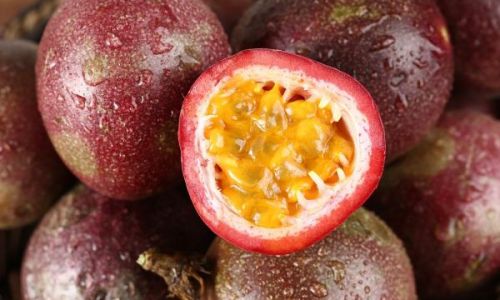
- Wash and dry the fruit thoroughly.
- Place whole passion fruit in a single layer on a baking sheet lined with parchment paper.
- Freeze for 2–3 hours, then transfer to airtight freezer bags or containers.
- This method preserves the fruit’s structure but requires thawing before use.
-
Freezing Pulp and Seeds:
- Cut the fruit in half and scoop out the pulp and seeds.
- Optional: Strain the pulp to separate seeds (reserve both components if desired).
- Pour the pulp into ice cube trays or freezer-safe containers, leaving ½-inch headspace for expansion.
- Freeze for up to 12 months. Frozen cubes can be added directly to smoothies, sauces, or desserts.
-
Freezing Juice:
- Extract juice by blending pulp with a small amount of water, then straining.
- Pour into freezer-safe bottles or bags, ensuring no air pockets.
- Thaw in the refrigerator overnight before use.
Key Advantage: Frozen passion fruit retains nearly all its nutritional value, including vitamin C and antioxidants.
Dehydration: Creating Passion Fruit Powder
Dehydration removes moisture, inhibiting microbial growth and concentrating flavor. This method is ideal for creating passion fruit powder, a versatile ingredient for beverages, baked goods, and seasonings.
-
Oven Drying:
- Preheat the oven to its lowest setting (ideally 50–60°C or 120–140°F).
- Slice the fruit in half and scoop out the pulp.
- Spread the pulp evenly on a parchment-lined baking sheet.
- Dry for 8–12 hours, stirring occasionally, until brittle.
- Grind the dried pulp into a fine powder using a blender or spice grinder.
-
Food Dehydrator:

Follow the manufacturer’s instructions, typically drying at 55°C (130°F) for 6–8 hours.
Store the powder in airtight jars in a cool, dark place. It retains its potency for 6–12 months.
Culinary Use: Passion fruit powder adds a tangy kick to yogurt, marinades, and cocktails.
Making Passion Fruit Juice or Puree
Juicing or pureeing passion fruit allows for flexible storage while capturing its intense flavor.
-
Juice Extraction:
- Blend 1 cup of passion fruit pulp with ½ cup water.
- Strain through a fine mesh sieve to remove seeds (optional).
- Heat the juice to 85°C (185°F) for 15 seconds (flash pasteurization) to kill bacteria.
- Pour into sterilized glass bottles, leaving 1-inch headspace.
- Seal and store in the refrigerator for up to 3 weeks or freeze for 6 months.
-
Puree Storage:

- Blend pulp and seeds into a smooth puree.
- Portion into freezer-safe containers or silicone molds.
- Freeze for later use in sauces, sorbets, or fillings.
Pro Tip: Add a teaspoon of lemon juice per cup of juice to enhance acidity and preserve color.
Preserving in Vinegar or Alcohol
For a unique twist, passion fruit can be preserved in vinegar or alcohol, creating flavorful extracts or liqueurs.
-
Passion Fruit Vinegar:
- Combine 1 cup white vinegar with ½ cup passion fruit pulp in a sterilized jar.
- Seal tightly and store in a cool, dark place for 2–3 weeks.
- Strain and use in salad dressings or marinades.
-
Passion Fruit Liqueur:
- Fill a jar with 4–5 halved passion fruits.
- Cover with 750ml vodka or rum.
- Infuse for 4–6 weeks, shaking occasionally.
- Strain and sweeten with simple syrup to taste.
Shelf Life: These preparations can last 6–12 months when stored in airtight bottles.
Canning and Jarring
For those with access to pressure canners, canning passion fruit in syrup or juice offers a long-term solution.
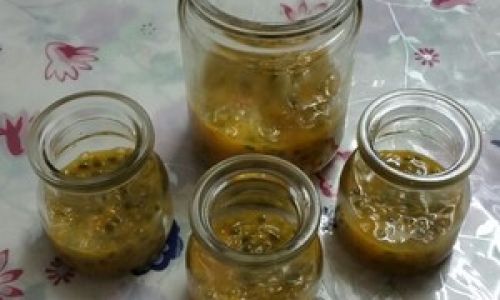
-
Syrup Preparation:
- Create a light syrup (1:1 sugar-to-water ratio) or use passion fruit juice.
- Pack whole or halved fruit into sterilized jars, leaving ½-inch headspace.
- Process in a water bath canner for 15 minutes (adjust for altitude).
-
Safety Note: Canning requires strict adherence to USDA guidelines to prevent botulism.
Hybrid Methods: Combining Techniques
Experiment with hybrid approaches for customized results:
- Freeze-Dried Passion Fruit: Use a freeze-dryer to remove moisture while preserving nutrients.
- Infused Oils: Submerge dried passion fruit peels in olive oil for a gourmet finishing oil.
Common Mistakes to Avoid
- Overcrowding the Refrigerator: Poor airflow accelerates spoilage.
- Ignoring Mold Signs: Discard fruit with fuzzy patches or off-odors.
- Thawing at Room Temperature: Always thaw frozen fruit in the refrigerator.
- Using Dull Knives: Blunt blades crush the fruit, releasing excess juice and promoting decay.
Conclusion
Passion fruit’s ephemeral nature demands thoughtful preservation strategies. By leveraging refrigeration, freezing, dehydration, and creative preservation methods, you can enjoy this tropical delight year-round. Whether you’re a home cook experimenting with exotic flavors or a commercial producer seeking to reduce waste, these techniques ensure that passion fruit’s vibrant taste and health benefits endure. Remember to label all stored items with dates and rotate your stock to maintain freshness. With a little planning, this golden-orange gem can transform ordinary dishes into culinary masterpieces, long after the harvest season has passed.
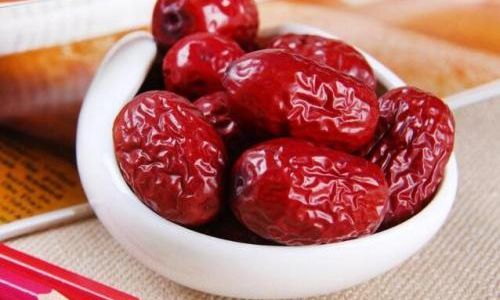
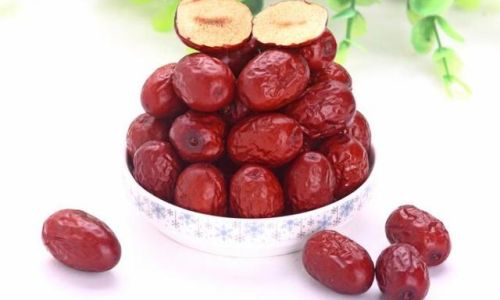
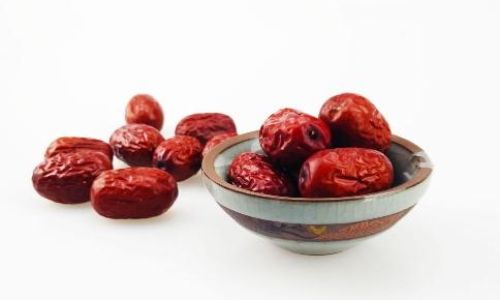



0 comments